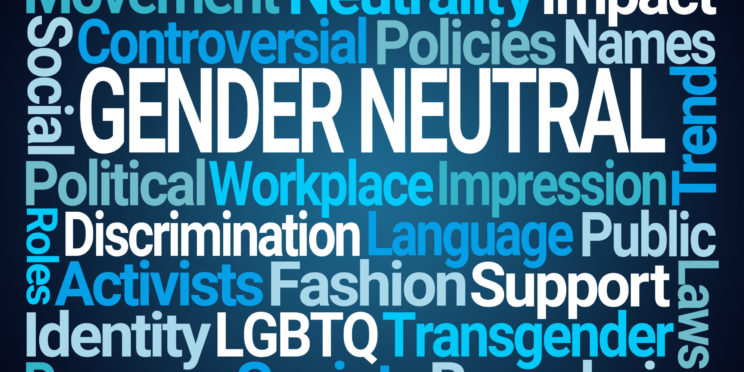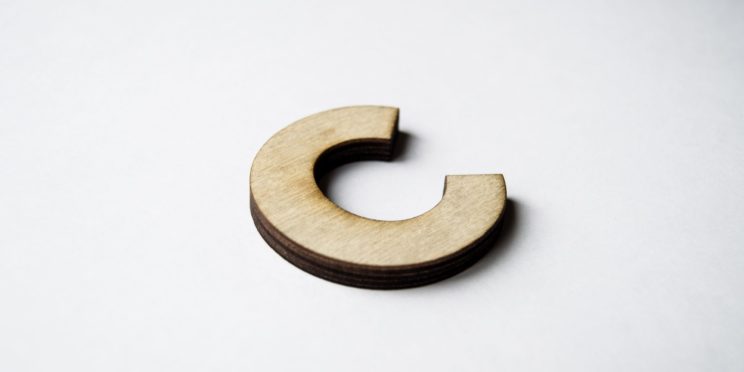Success at persuasive writing depends in no small part on establishing credibility with the reader. With that in mind, it is wise to avoid outmoded, archaic phrases and terms—especially those that smack of gender bias and exclusivity. But trying to…
Artful Arguments
Minor usage error aside, U.S. Rep Adam Schiff wended his way in Trump’s impeachment trial from one stirring statement to the next. U.S. Rep. Adam Schiff’s remarks to the United States Senate during the impeachment trial were replete…
To Hyphenate or Not to Hyphenate?
Having explored the uses of the em-dash and the en-dash, we now come to the most commonly known of the dash punctuation marks: the hyphen. The hyphen’s main job is to connect two or more things that are closely…
Use an En-dash to Mark a Range of Things Like Dates and Numbers
After publication of last month’s column on uses of the em-dash, a reader emailed to ask why the instructions I shared for creating this punctuation mark call for leaving no space on either side of it. He asked the…
Use a Pair of Em-dashes to Mark Off an Abrupt Break in a Sentence or One to Emphasize the Text at the End
Depending on the context, an em-dash—so named because its width matches a typesetter’s capital M—can take the place of a comma, parenthesis, or a colon in a sentence. Because it signals an abrupt break in the text, the em-dash…
More Transition Words and Phrases
As promised, here is the second half of legal writing expert Ross Guberman’s handy list of transition words for lawyers and other advocates—organized according to the purpose of the sentence. (If you missed last month’s article, read it here: Broaden…
Broaden and Deepen Your Repertoire of Transitions
As we discussed last month, writing seamless paragraphs requires use of transitions, or logical connectors. The ones that appear most frequently in legal writing are moreover, additionally, however, furthermore, and nevertheless. The problem is that these words get old fast,…
Make Your Sentences Flow
Linking a sentence to the one that precedes it— in a way that makes it clear how the two relate—is as critical to good writing as building bridges between paragraphs. In other words, seamlessness within a paragraph is as important…
Legal Writing Tip: Bridge Your Paragraphs
A well-written piece of advocacy should be easy to read; the thoughts and ideas presented should flow seamlessly from one to the next. To achieve fluency, include in the first—usually topic—sentence of each paragraph (starting with the second in each…
Legal Writing Tip: Know When to Capitalize the “C” in Court
The issue may seem trivial, but it is not. Knowing when to capitalize the “c” in court and when to leave it in lower case is a matter of legal literacy. Rule 7.3.1. and Rule 8 of The Bluebook: A…
Use a “Kicker” Sentence to Set Up a Series of Points
When you have a series of points to make, consider setting the series up by closing the paragraph preceding the start of the series with a “kicker” sentence. The sentence preceding the “kicker” at the end of a paragraph should…
Stop Saying “Split the Baby”
You’ve probably heard a lawyer say “split the baby” to mean “split the difference.” I seem to hear it weekly. If you use the expression, please stop. It’s aesthetically abhorrent and etymologically backward. I started noticing how jarring the phrase…










